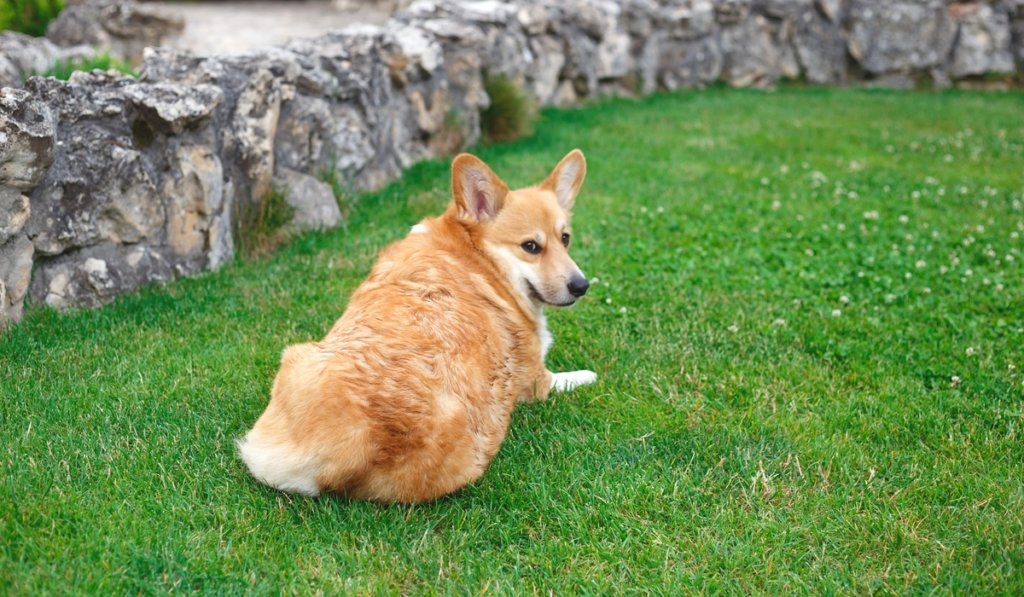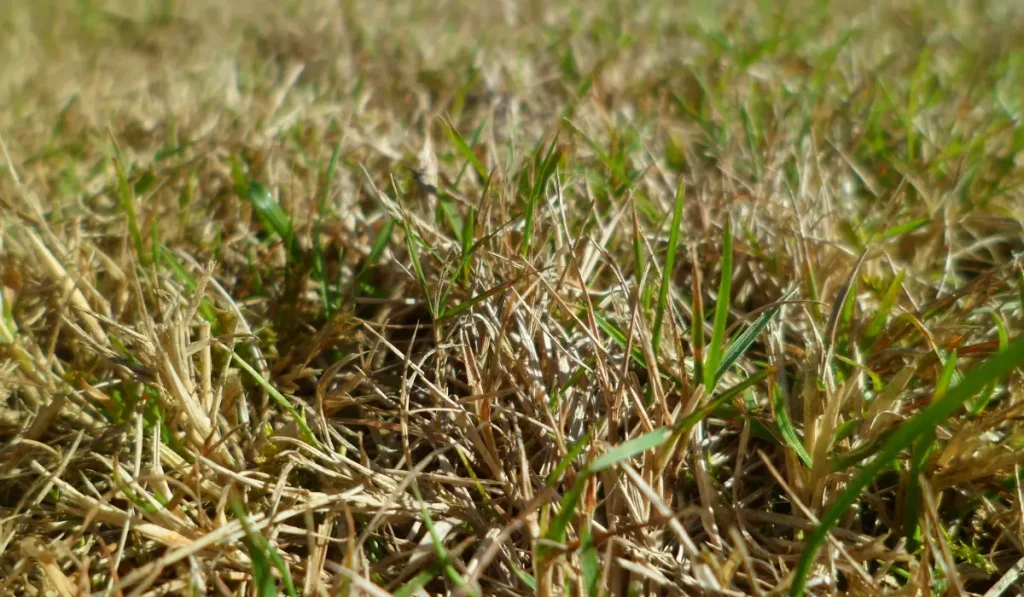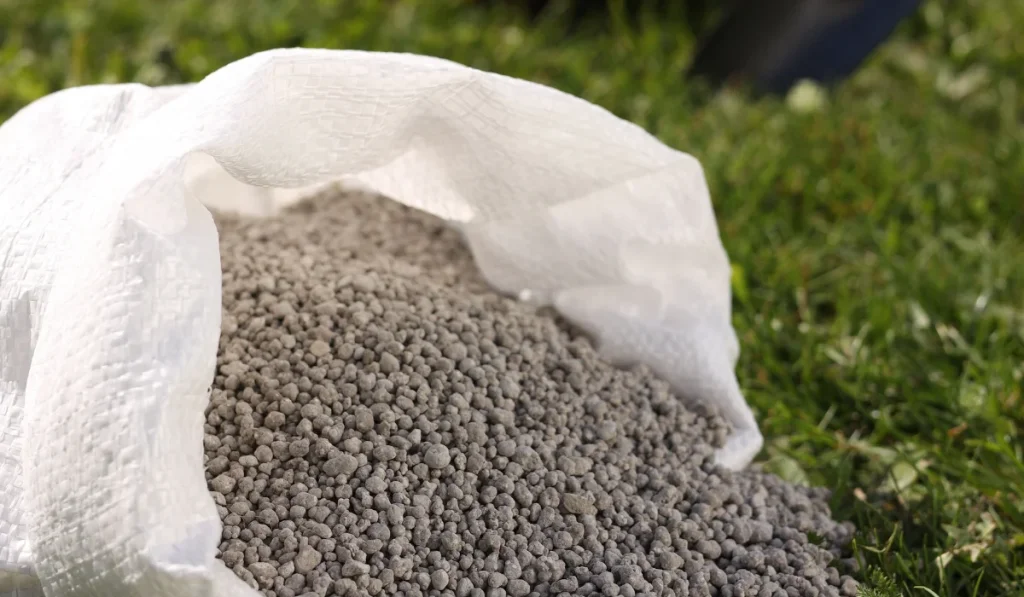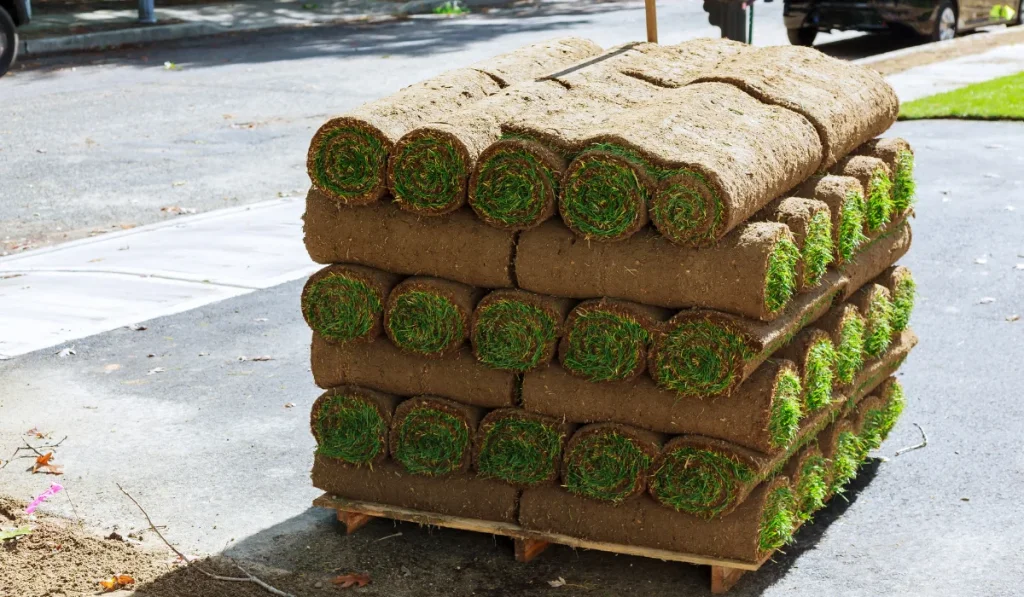How do you keep your lawn looking great but still fun for your dog? It’s not as difficult as you may think!
Read this guide for our 11 indispensable lawn care tips for dog owners.
1. Natural Grass Is Best!
Many dog owners replace their lawns with artificial grass, believing that it’s better than real turf. However, that’s not the case at all!
Artificial grass won’t suffer from your dog’s digging and playing activities, but you will regularly need to use a special, artificial grass cleaner to get rid of smells and stains. That’s a lot of hassle and work!
Read turf has much better drainage than artificial grass and won’t retain unpleasant odors.
Also, artificial grass will need replacement periodically to keep it looking (and smelling) nice.
2. Choose Hardy Grass Types
Some species of grass are perfect for an ornamental lawn, but they’re no good at all for a garden with dogs. Your canine companion only has to charge across the lawn and skid to a halt once or twice, and the grass is ripped up and scarred.
The ideal species of grass for use in a lawn used by dogs are tough types, such as Kentucky bluegrass and smooth-stalked meadow grass. The latter propagates via underground rhizomes and will quickly repair damaged areas by itself.
If you want a lawn that repairs itself quickly, we recommend Bermuda and St Augustine. However, these grasses tend to go dormant, creeping out of their planted site through their root system.
3. Allow Supervised Access Only!
Rather than allowing your dog to gallop around in your garden unrestrained, you can protect your grass by only permitting your furry friend to use the lawn when supervised on a leash or in a controlled way.
Your pet can still enjoy your company outside in the garden from the safety of a comfy kennel, like a crate for Labradors, for example.
4. Mow Your Lawn Frequently
When Fido pees on your lawn, he’s effectively dispensing a dose of liquid nitrogen fertilizer that your grass will happily devour. That leads to darker green patches developing on the grass, which stand out from the rest of the lawn, making the damage even more obvious.
You can disguise those dark green patches by cutting your grass frequently, keeping the length to around 1 inch or so, making the whole lawn a more uniform green
5. Give Your Dog More Exercise
It’s said that a tired dog is a happy dog. It’s certainly true to say that if your dog gets plenty of walks and playtime down at the dog park, he’s less likely to burn off his excess energy by running around your garden and tearing up your grass.
Generally, dogs will relieve themselves a few times while out on a walk. So if you get into the routine of walking your dog twice or three times each day, your pet will be less likely to do his business on your lawn. Your pet will most likely spend his time in your backyard dozing in the sunshine rather than running around your garden and destroying the lawn.
6. Fertilize Your Lawn Regularly
Feeding your lawn encourages your grass to grow, evens out the color, and helps the plants to cope with the wear and tear of a dog playing and running around.
Make a note in your calendar or set a reminder on your iPhone to feed your lawn with a good quality lawn fertilizer every six to eight weeks.
7. Set Up a Dedicated Potty Area
If your lawn is being damaged by your dog’s urine rather than by boisterous play, try setting up a dedicated potty area in a specific part of your garden.
That means you’ll need to fence off a small area in the garden where your dog can go to relieve himself. Although that might sound difficult, it is possible to train your dog to only use certain parts of your garden as a toilet area. Dogs use urine as a scent marker, typically using one site in particular. If you show your dog where to pee, he’ll most likely return to the same spot every time.
You can use a layer of mulch or pea gravel over the grass to make cleanup easier and quicker. If you have a male dog, incorporate a large rock or something similar that your dog can use as a pee post.
8. Change Your Dog’s Diet
Although dog urine contains nitrogen, which is a plant nutrient, your lawn can get too much of a good thing. Excessive amounts of urine concentrated in one spot can scorch your grass, so you need to be very careful about how much nitrogen fertilizer you use on your lawn.
In a dog’s diet, nitrogen is produced by protein. So you can reduce the severity of scorching by reducing the protein content of your pet’s diet. However, we stress that you should always consult a vet before making any radical changes to your dog’s diet.
9. Clean Up Dog Waste Immediately
As we already mentioned, it’s the nitrogen content of dog waste concentrated on one spot that damages and scorches your grass. So when your dog relieves himself on your lawn, be sure to clean up the waste right away before it has a chance to damage your grass.
When your dog poops on your lawn, pick the mess up right away and rinse the spot with water. Similarly, hose the spot where your dog has peed immediately to dilute the nitrogen and wash it through the soil.
10. Fix Areas of Damage
Some grass species repair themselves, provided that the damage is only mild. However, if your dog has damaged your lawn beyond repair, sterner measures might be required.
In that case, you’ll need to re-sod or reseed the grass in spring or fall.
- Start by flushing the damaged area thoroughly with clean water and removing the dead grass.
- Mix a handful of grass seed with potting compost, and use that to pack the cleared spot.
- Keep the soil moist until you see the grass seeds germinating.
- Alternatively, cut out the damaged grass and replace it with a new piece of turf.
Related: How Long Does Grass Seed Take to Grow?
11. Keep Your Dog Well-Hydrated
Concentrated dog urine does more damage than weaker urine. So, in theory, providing your dog with plenty of clean water can help to dilute the urine so that it doesn’t damage the grass as much.
It can also be effective to let your dog outside to pee more often. When the dog’s bladder is full, the urine it holds becomes more concentrated, causing more damage to your grass. So if you let your dog go potty more frequently, the urine will be more diluted, so the damage to the lawn will be less.
Final Thoughts
Maybe you’ve just settled into a fabulous new place with a lawn that’s the envy of the block. Or perhaps you’re a lawn perfectionist who loves to keep your grass looking top-notch. Well, if you’re a dog owner, it’s time to tweak your lawn care routine a bit to keep it looking stunning while still giving your furry friend the freedom to roam.
Clean up dog waste immediately, wash away urine, choose tough grass species for your lawn, and repair any damaged areas. You can also try setting up a dedicated potty area for your dog to use and give your canine companion plenty of exercise before letting him outside so that he doesn’t charge around and tear up your lawn.



